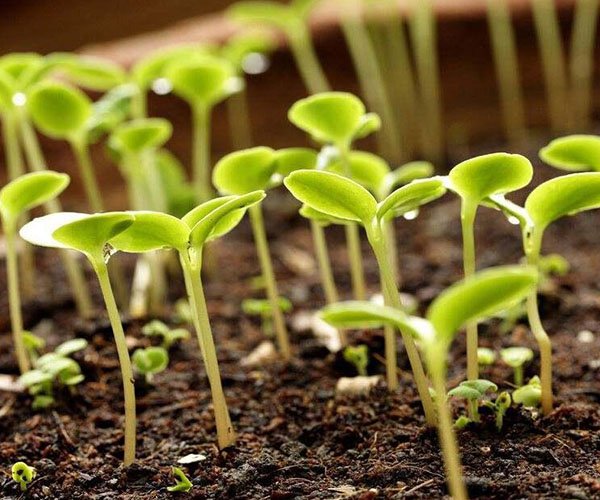Mineral source fulvic acid (referred to as FA) is a short carbon chain molecular structure substance extracted from natural humic acid. It is the water-soluble part with the smallest molecular weight and the highest content of active groups in humic acid. Its functional groups interact to reflect a variety of specific physicochemical properties. After entering the plant body, it can exert a variety of physiological functions. It acts on the metabolism of the plant body by inhibiting or activating enzymes, reflecting an obvious stimulating effect, and exerts a variety of physiological functions through the secretion, regulation and improvement of the body’s immune function by endogenous hormones. Therapeutic effect.
Features of fulvic acid
Fulvic acid has the general characteristics of humic acid, namely:
- One is that its molecular weight is small and easy to be absorbed and utilized by organisms;
- The second: it has more functional groups, which is more physiologically active than ordinary humic acid. And it has a stronger complexing ability to metal ions;
- Third, humic acid can be directly dissolved in water, and the aqueous solution of these salts becomes alkaline, while fulvic acid can be directly dissolved in water, and its aqueous solution becomes acidic.
Mineral fulvic acid is a broad-spectrum biostimulant, which can promote plant growth, especially properly control the opening of crop leaf stomata, reduce transpiration. And it plays an important role in drought resistance, improve stress resistance, increase production and improve quality.
The function of mineral source fulvic acid
- Stimulate plant activity: A growth-promoting factor with high biological activity can enhance the activity of oxidase and other metabolic activities in plants.
Although fulvic acid does not contain hormones, it has a similar effect to chemically synthesized auxin, cytokinin, abscisic acid and other plant hormones during use. And it has a comprehensive effect on plant growth and development. - Enhance the stress resistance of crops: Mineral source fulvic acid has a significant function of cold and drought resistance.
- Slow-release fertilizer: improve the utilization of chemical fertilizers and pesticides, and improve the structure of soil aggregates.
- Trace nutrients in chelation: strong complexation ability, improve the absorption and operation of plant trace elements, so that they can be better used by plants.
- Prevention and control of plant diseases and enhancement of disease resistance: Mineral fulvic acid is used as a pesticide synergist to improve the control effect, but it cannot replace pesticides.
- Anti-flocculation, buffer, good solubility: strong ability to interact with metal ions. Its anti-flocculation ability is significantly higher than that of humic acid and similar products. It is soluble in any acidic and alkaline water with a pH of 1~14. It does not flocculate and precipitate in saturated brine with high calcium and magnesium hard water. It has good stability and strong anti-electrolyte ability.


